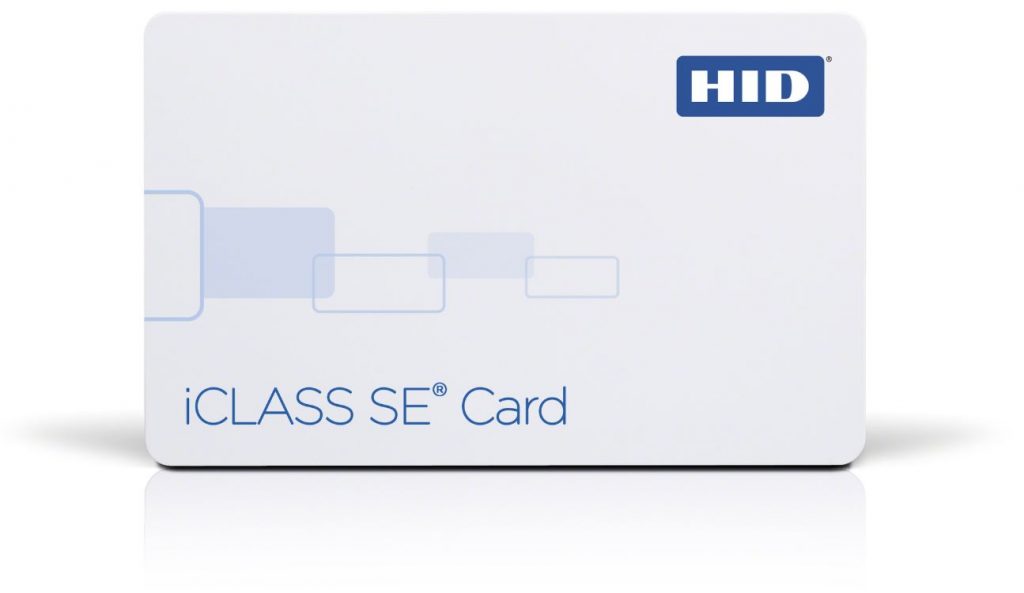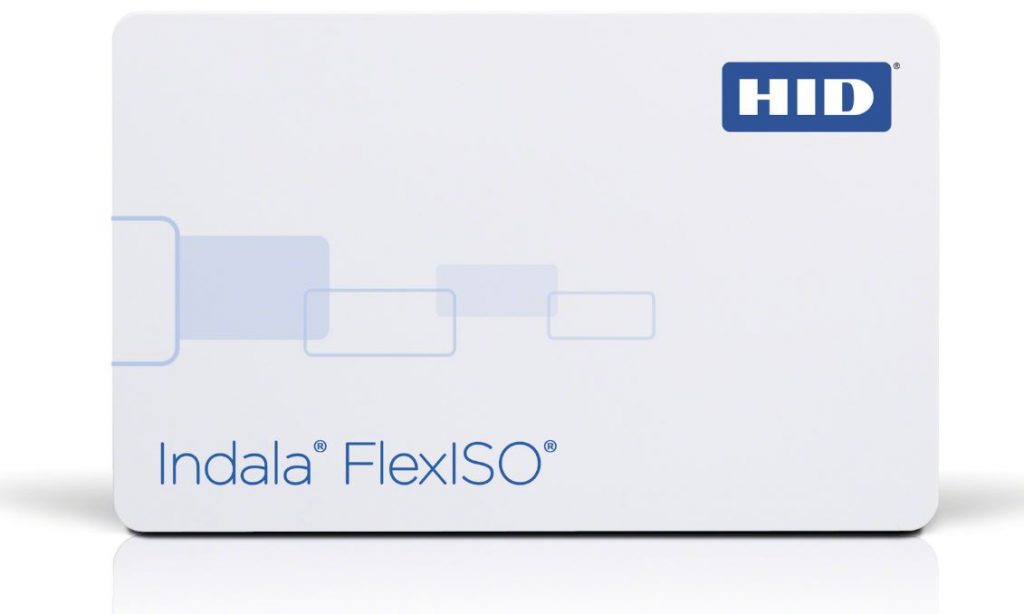Unlike iCLASS cards, Prox operates at 125kHz and is a much older technology. It’s not the most secure option because 125kHz cards send signals that are completely unencrypted.
However, despite HID describing it as an “entry-level” option for physical access control, it remains an extremely popular product. You could argue this is down to a lack of understanding about the higher risks of 125kHz cards compared to more modern 13.56MHz options, but it also relates to cost issues and business needs.
Prox cards will always be less expensive than iCLASS, and for many businesses and organisations that deem themselves as a ‘low-risk’, Prox cards meet their requirements despite the age of the technology. A range of eight HID proximity products are available, with the HID Proximity 1386 being a popular choice.

